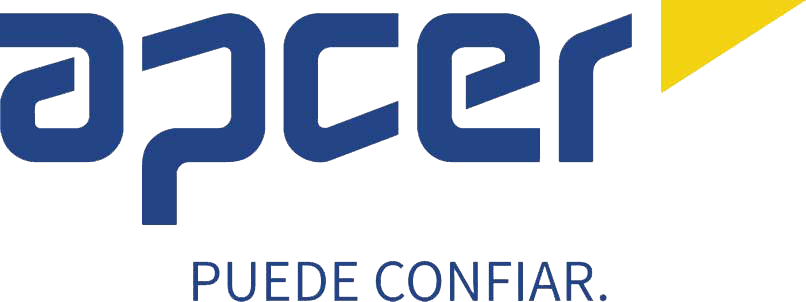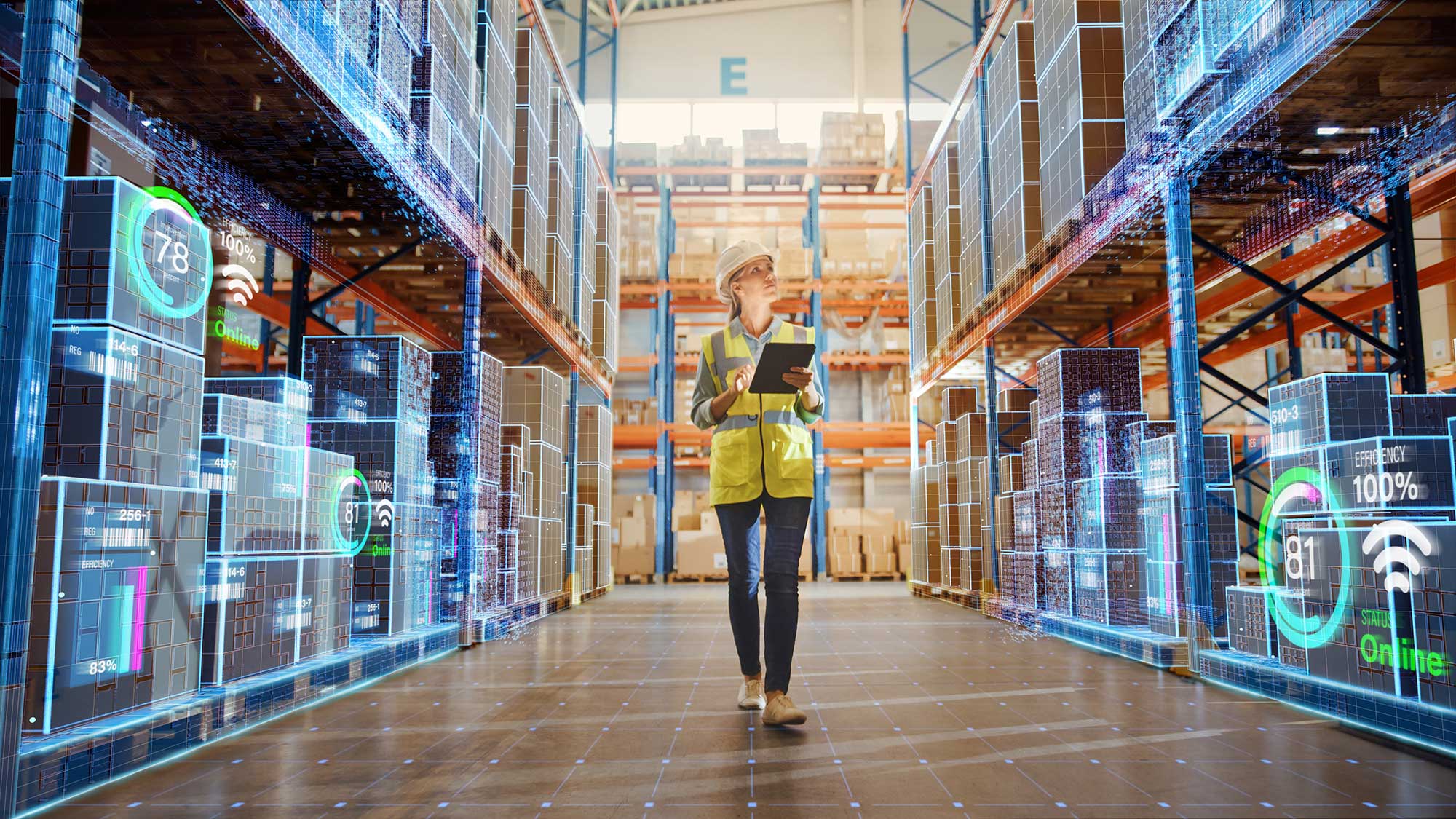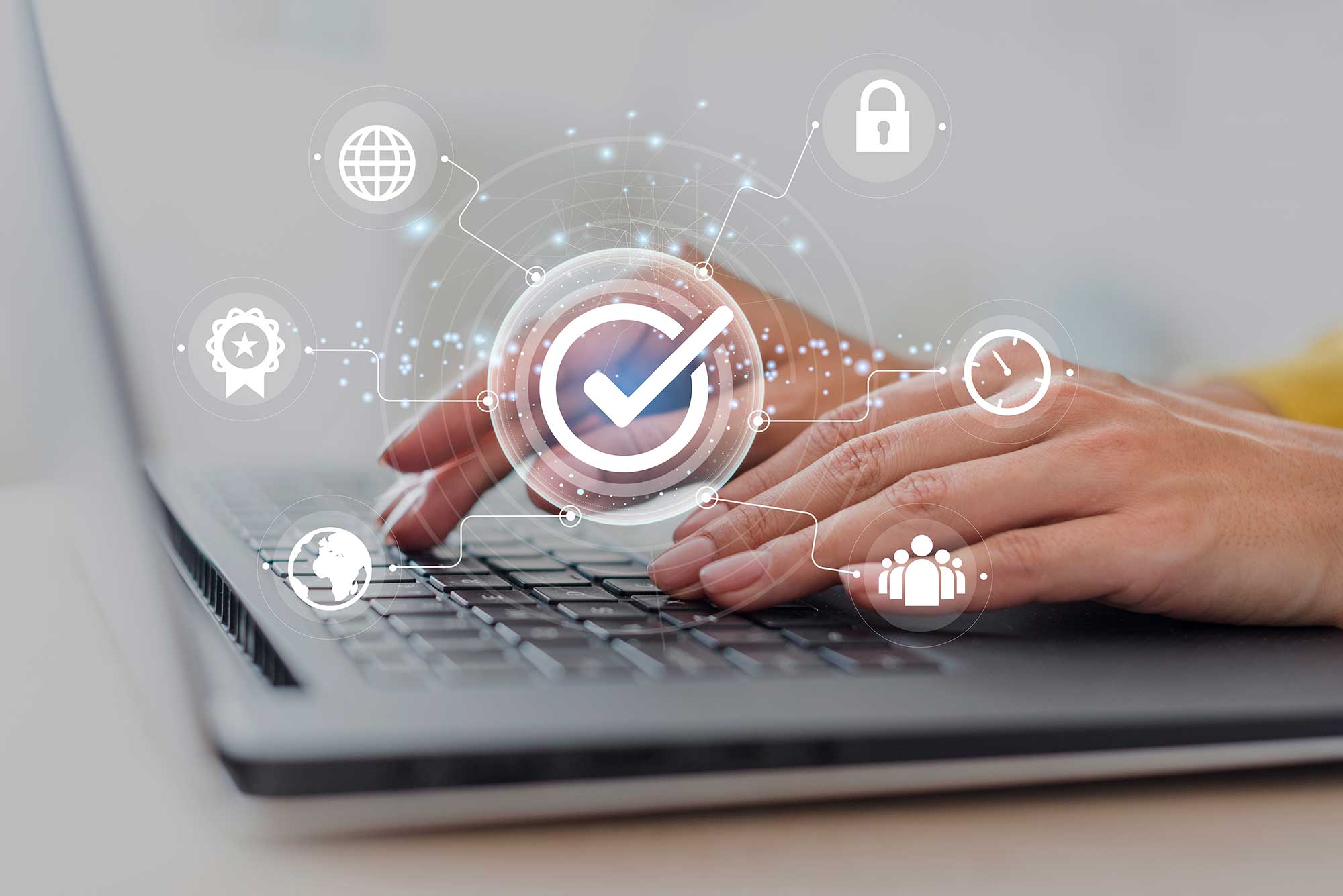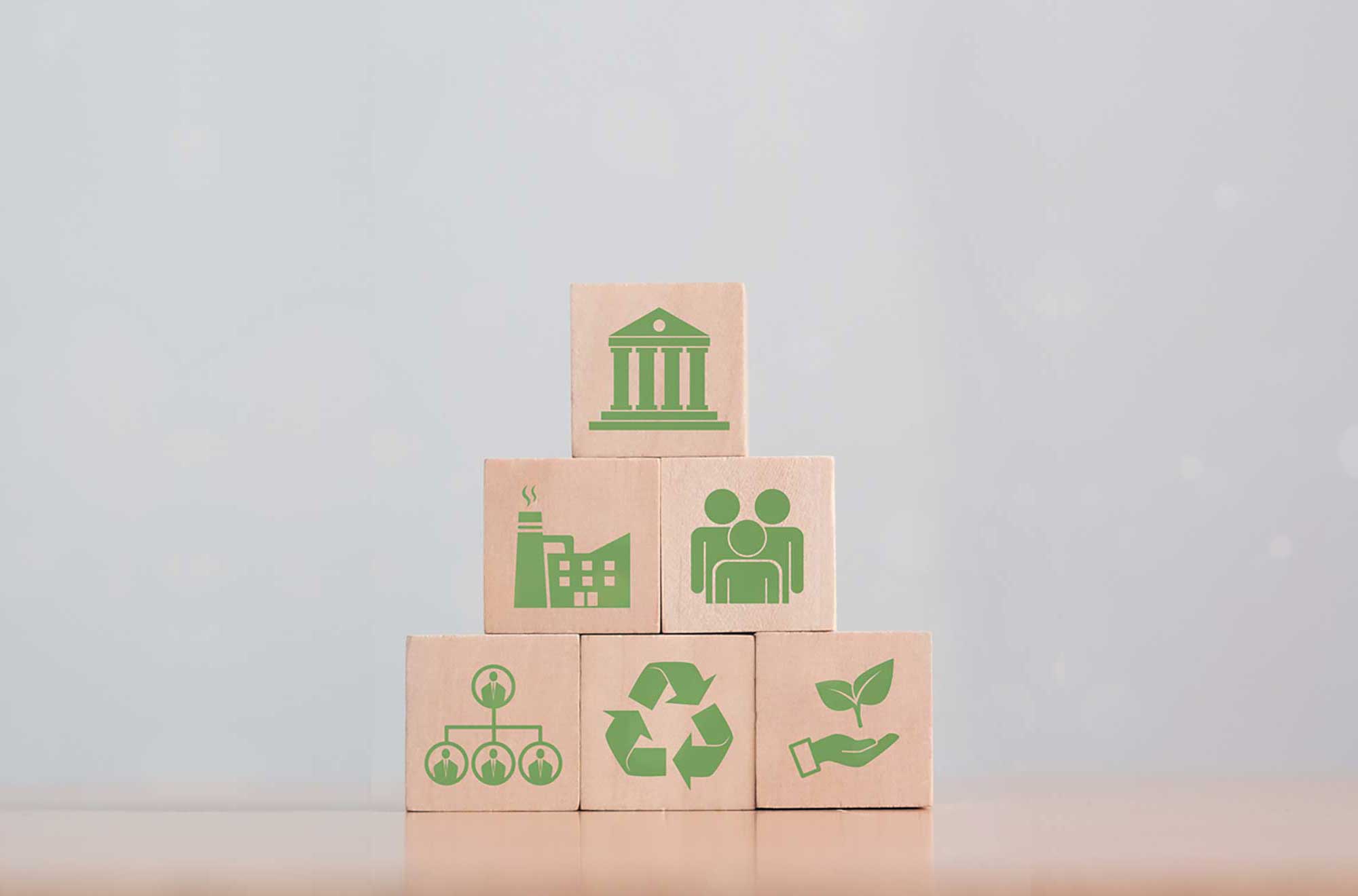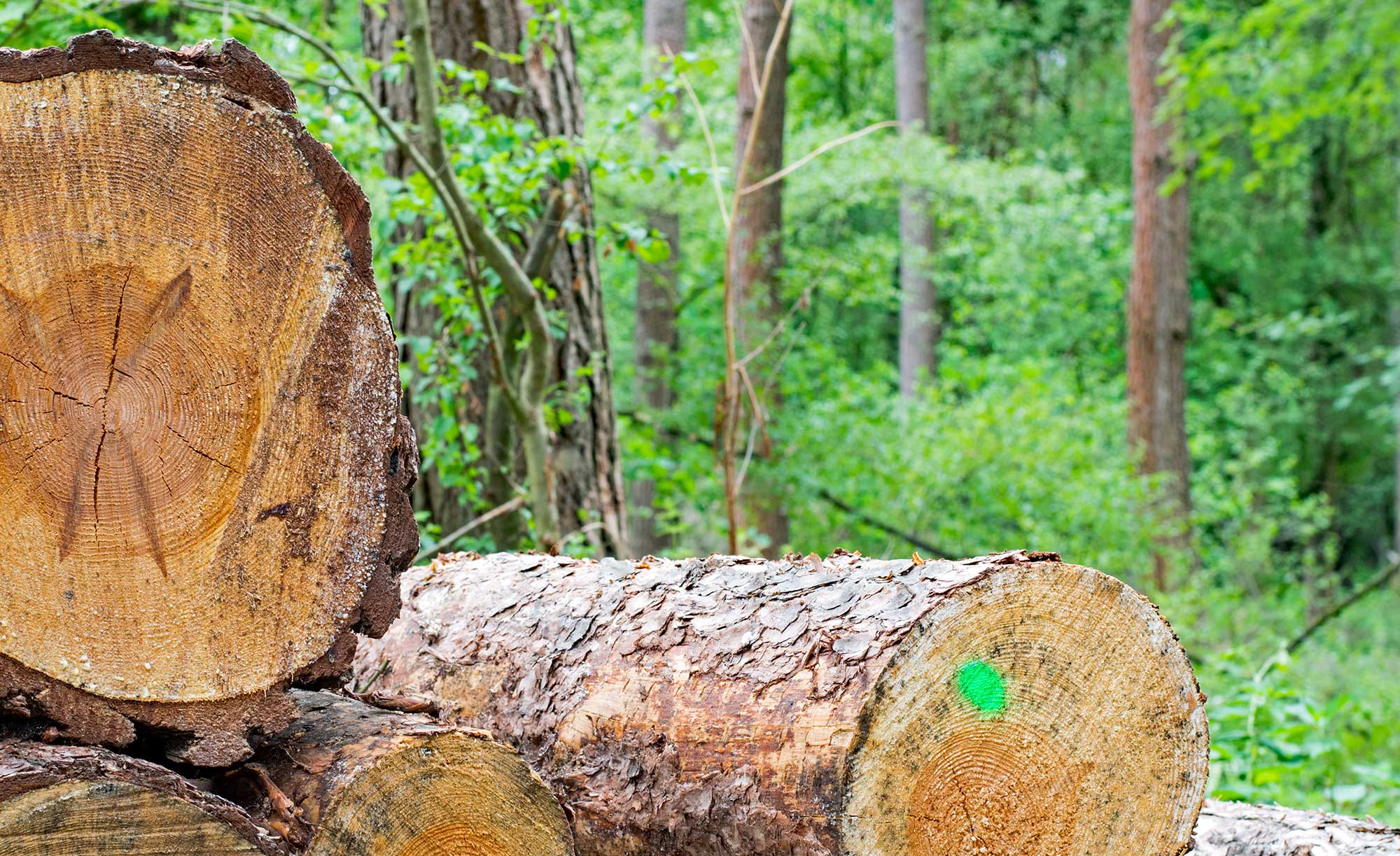Lo sentimos, no hemos podido encontrar esa dirección.
Puede que haya introducido mal la dirección o que la página haya sido eliminada.
Por favor, inténtelo de nuevo o utilice la búsqueda y navegación en la esquina superior derecha de la pantalla.
Si necesita ayuda, póngase en contacto con nosotros..
